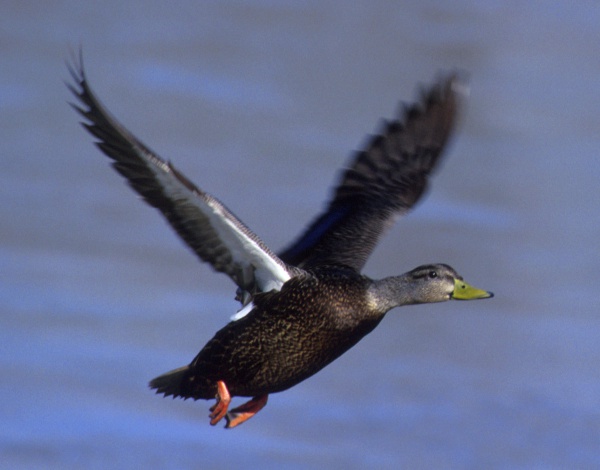Facts About American black duck
The American black duck is a large dabbling duck native to eastern North America. First described by William Brewster in 1902, it is noted as the heaviest species within the genus Anas. Male American black ducks have a distinctive yellow bill, while females possess a dull green one. Although they somewhat resemble female mallards, they are recognized for their darker plumage.
These ducks inhabit coastal and freshwater wetlands during the breeding season, ranging from Saskatchewan to the Atlantic coast in Canada, extending southwards to the Great Lakes and the Adirondacks in the United States.
In terms of breeding, the female lays between 6 to 14 eggs, which typically hatch after about 30 days. The incubation period lasts approximately 25 to 26 days, with the male defending the territory until the female is midway through her incubation period. These ducks are omnivores, consuming a variety of wetland plants and animals.
Unfortunately, American black ducks are experiencing a population decline due to habitat loss, climate change, and hybridization with mallards. Despite these challenges, the IUCN lists them as a species of least concern.
To aid their protection, the United States Fish and Wildlife Service is engaged in various conservation efforts, including habitat management and restoration projects aimed at supporting their migratory stopovers, wintering, and breeding populations. The Atlantic Coast Joint Venture also plays a crucial role by undertaking habitat restoration and land acquisition projects, focusing on addressing issues like habitat loss, rising sea levels, and competition with mallards, all to ensure the survival of the American black duck.
